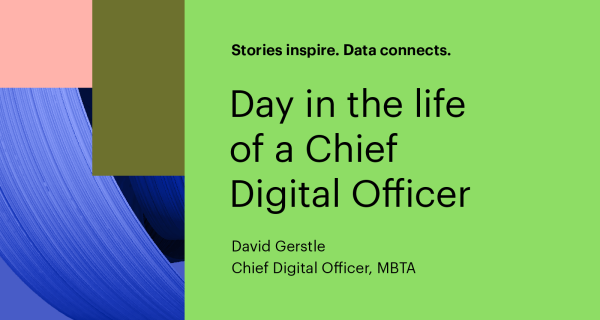Driving demand means leveraging technology and data to understand the buyer journey across all touchpoints. And doing it quickly.
Agility is a defining characteristic of today’s B2B marketing organization. Asim Zaheer, CMO of Hitachi Vantara, certainly understands the importance of agility in the rapidly shifting digital marketing landscape.
“The ability to be nimble and adapt quickly are characteristics we’re looking for in all aspects of our organization,” Zaheer said in a recent interview. “Disruptions come when you least expect them. You have to be able to adjust – bring new solutions to market faster, launch campaigns quickly, target a new audience quickly – which makes agility important.”
Hitachi Vantara was established in September 2017 from the combination of three Hitachi businesses: Hitachi Data Systems, Hitachi Insight Group, and Pentaho. For much of the past year, Zaheer’s team has focused on establishing a presence for the new brand. Now the focus shifts to driving demand, with an emphasis on penetrating new accounts, expanding market share, and entering new regions or new industries.
Data, not surprisingly, is guiding the journey. Hitachi’s products and solutions are designed to help customers get more value from their data – a perspective that Hitachi has applied internally to drive its own business.
“As a large, distributed, multibillion-dollar enterprise, we’re going through the same business transformations as our customers,” he says. “We’re instituting a lot of the technology we talk to our customers about to look for our own insights.”
The marketing team worked closely with IT – Zaheer views Hitachi Vantara CIO Renée McKaskle as a business partner – to build an analytics model to examine buying patterns and behaviors across different market and customer segments.
“We study who’s involved in purchases, where the budget lies, how long is the sales cycle, what content types resonate,” Zaheer says. A better understanding of who influences technology purchases allows the marketing team to tailor its messaging to different buyers.
“We’re making our content much more relevant to you based on your role,” he says. “We’ll always have industry-oriented content or regionally oriented content, but now we’re adding persona-based content.”
On a broader level, the goal is to create a frictionless experience for customers. The company recently created a new customer experience function that crosses sales, marketing, customer service, and product development; its charter is to analyze data across every touchpoint – digital and physical – to improve the overall customer experience.
Bringing digital and physical worlds together creates new challenges for evolving the marketing mix and measuring results.
“It’s no longer adequate for marketers to understand their particular area of expertise,” Zaheer says. “They have to understand the integrated marketing mix and how each element affects a customer’s perception of your solutions.”
Measuring success requires the right blend of technology, people, and process. “The ability to track what occurs in a cycle from beginning to end and whether it leads to business is a very detailed process that requires a lot of diligence,” Zaheer says.
And, as noted earlier, success also requires an agile mindset and approach.
“Be nimble and act quickly,” Zaheer advises. “Surround yourself with a team that has those skills, and you can effectively do anything.”




